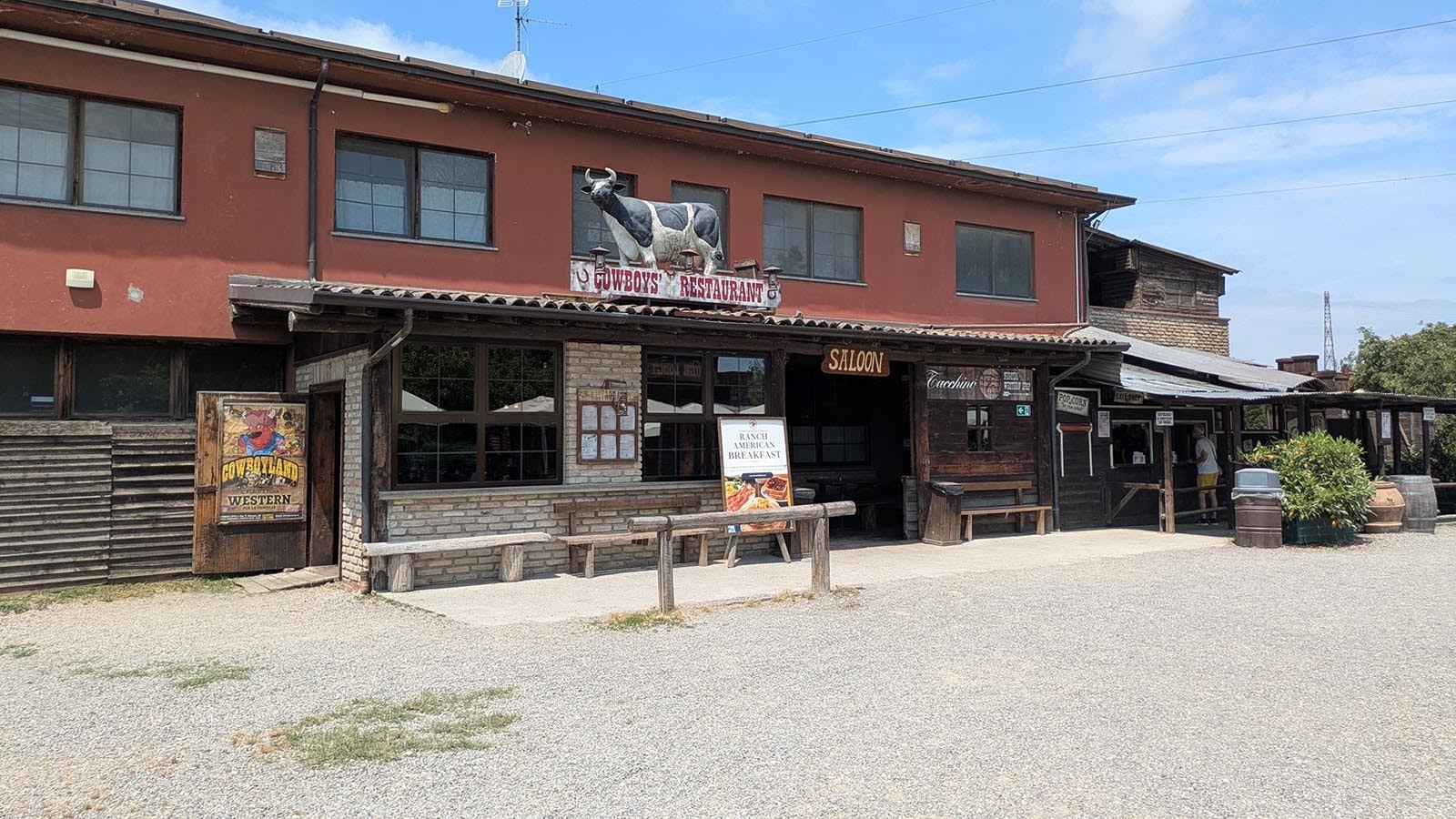By Leo Wolfson, Political Reporter
leo@cowboystatedail.com
Spurred by historic flooding that impacted Yellowstone National Park visitation, Wyoming’s tourism industry was down during the peak of this year’s summer travel season.
Lodging tax revenue for the state was down by about 13% for the peak tourism months of July and August compared to 2021. Taking the largest hit was Goshen and Teton counties, posting 45% and 35% losses respectively compared to last summer.
The state lodging tax is imposed at 5% in jurisdictions that have not adopted a local lodging tax. In those cases, the state collects 3% and local jurisdictions collect 2%.
Yellowstone National Park visitation numbers were down as a whole, but Mike Keller, chairman of the Wyoming Tourism Board and general manager of Yellowstone National Park Lodges for Xanterra Parks and Resorts, said the southern region of the park that was open experienced just as much business as normal, with visitation growing over the course of the season.
Overall, however, Yellowstone traffic was down 32% through July, with 346,518 fewer travelers visiting the Park.
He said Xanterra had a “very good” summer, aside from its Mammoth and Roosevelt lodges that are scheduled to reopen this winter and next summer.
Keller said the park got off to a strong start to the summer thanks to the celebration of Yellowstone’s 150th anniversary. Floods ravaged the Park in early June, leading to the closure of the North and Northeast entrances.
“Obviously, that had an impact on visitation,” Keller said.
The Yellowstone North and Northeast gates aren’t scheduled to reopen until Oct. 15.
Keller said gateway communities didn’t fare as well during their tourist seasons, experiencing a 15% to 30% drop in summer revenue.
“There was enough demand in Yellowstone where we were still selling out but not enough where it was spilling out to the neighboring communities,” he said.
In Park County, located outside Yellowstone’s East Entrance, lodging tax revenue was down 1.9% in July and August. Teton, located outside the Yellowstone South Entrance and Grand Teton National Park, experienced a massive $1.71 million decrease in revenue.
The 2021 season resulted in record tourist numbers for Yellowstone, Grand Teton and the state as a whole, as tourists flocked to the state while engaging in “revenge travel” after COVID-19 pandemic restrictions shut down many travelers in 2020.
Between fiscal years 2021 and 2020, lodging tax revenue rose by 50.1%.
In some ways, the 2022 tourist season could have been a return to normalcy in Wyoming. Typically, the state’s lodging tax revenue amounts to about $20 million. If the state continues at the current pace, it will still end up with about $24 million in revenue.
September, which in some years has featured visitation equal to the peak summer months with many older RV travelers frequenting the state, also could provide Wyoming’s tourism industry with a strong finish to the year.
Keller said Yellowstone is projecting a strong summer next year with 2023 reservations already coming in.
Statewide sales and use tax revenue was up 23% in July and August, and increase that could be related to inflationary pressures, as sales and use tax (4%) is charged as a flat percentage.
Wyoming’s mining industry showed the greatest growth in July and August, bringing in $9.1 million more in revenue. Professional and business services took the greatest hit, falling 18.4%.





